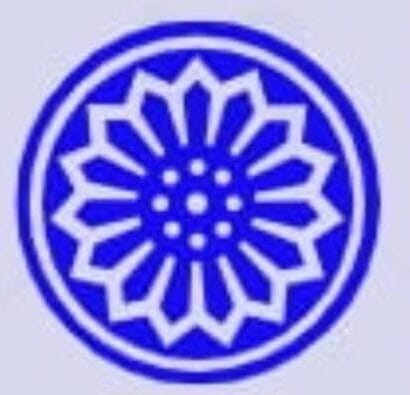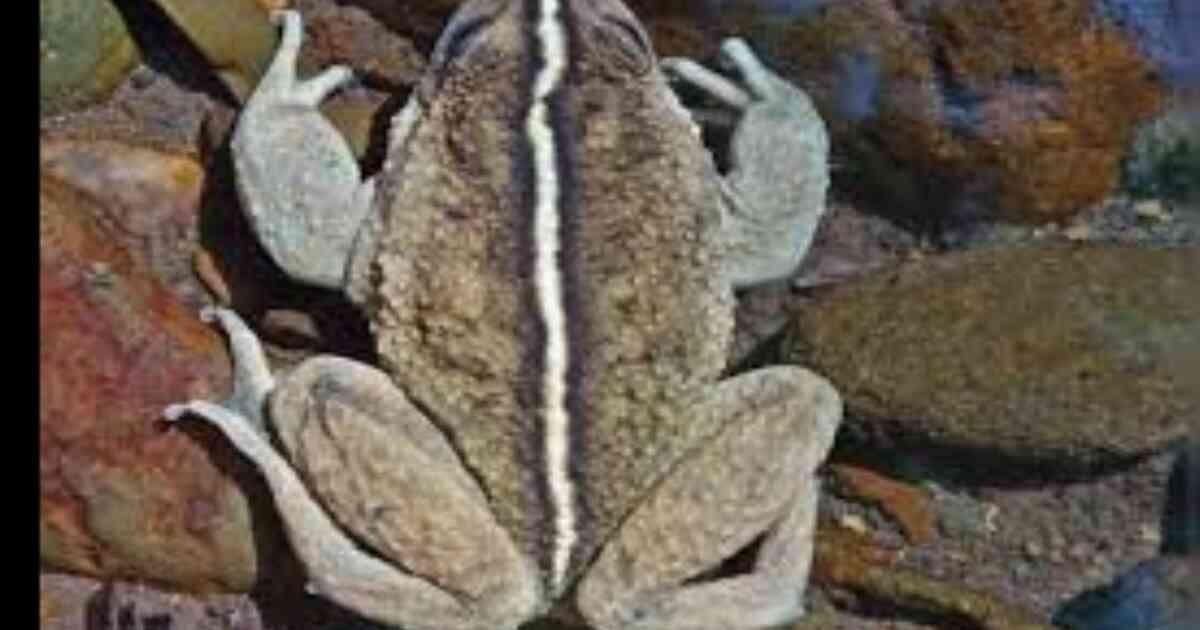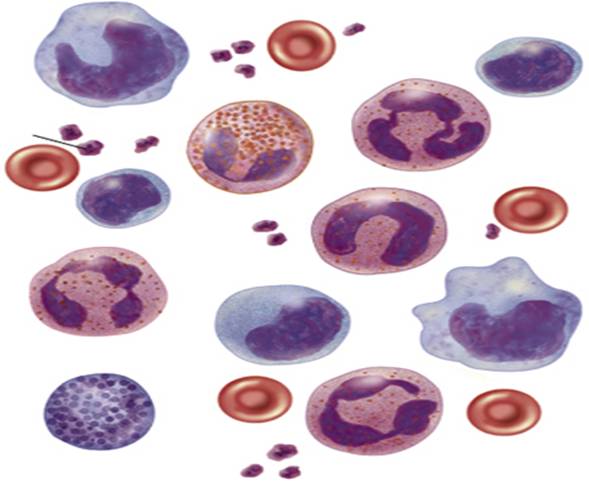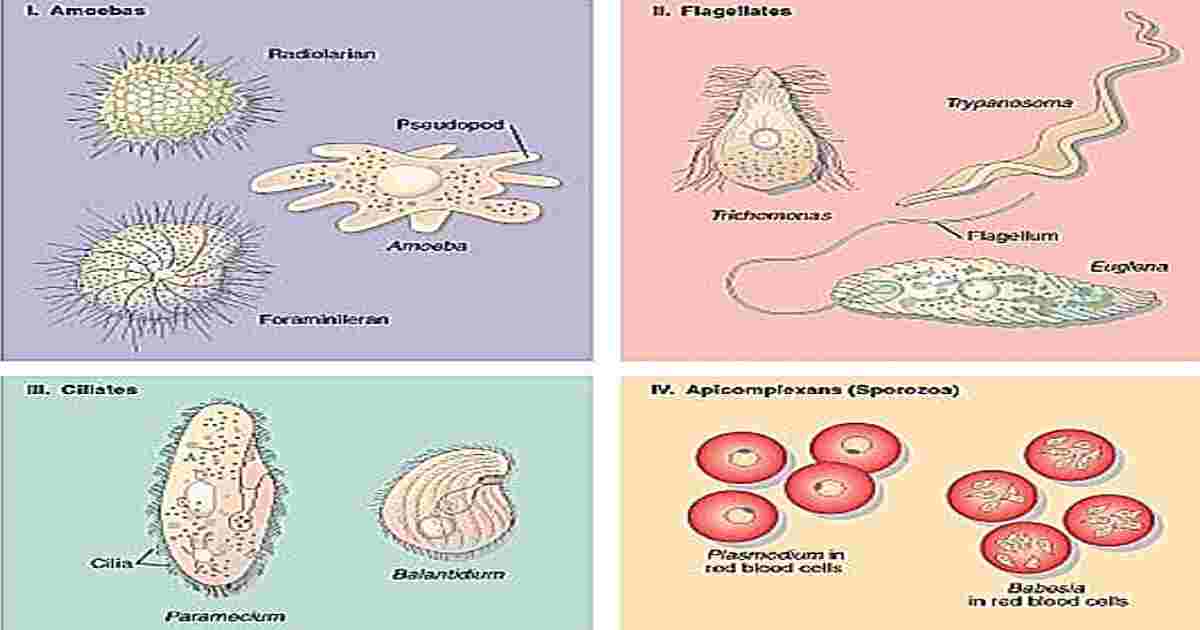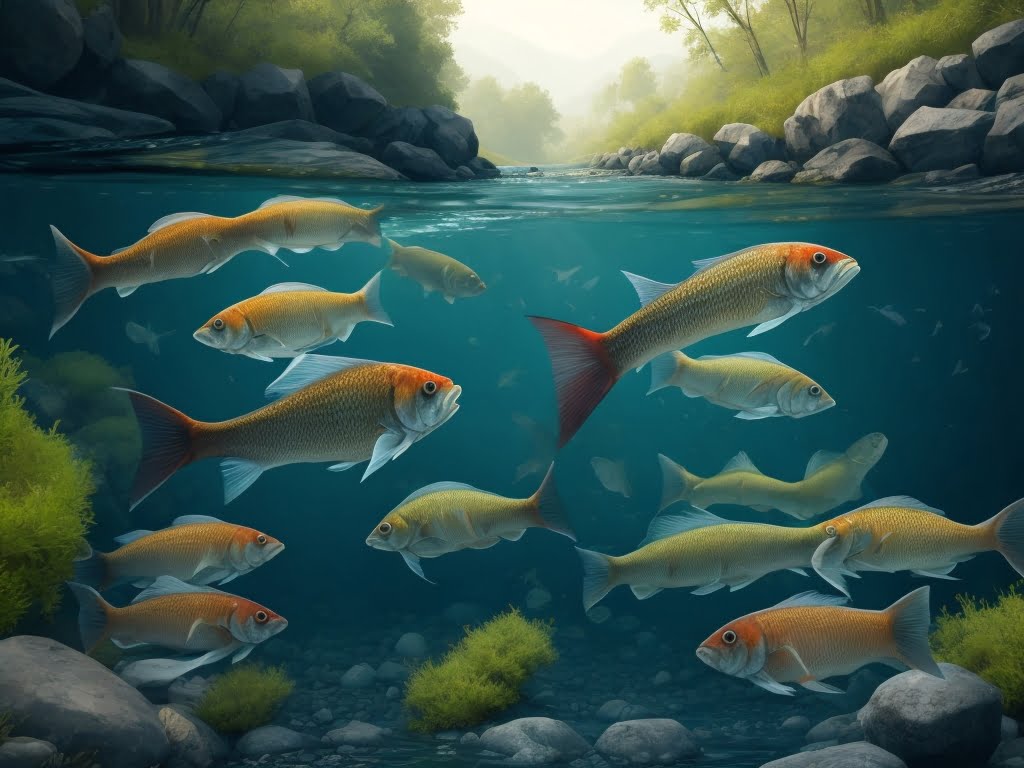Honey Bee Diseases: Honey bees are attacked by a large number of diseases which are caused by different organisms including insects pests, bacteria, virus, microsporidian parasites and mites both ectoparasitic and endoparasitic. The extent of damage varies from death of some brood or adults to complete loss of colonies. The disease spreads from one colony to other through different manipulations done in the apiary as well as through robber bees, swarms and drifting bees. Honey bees play a crucial role in pollination and maintaining ecological balance, so understanding and addressing these diseases is essential for beekeepers.
Honey Bee Diseases
Brief account of symptoms and control measures is given below which can also help in differentiating one disease from the other.
1. Insect Pests of Honeybees:
The Greater Wax Moth (Galleria mellonella)
The greater wax moth is a common pest that can cause damage to honey bee colonies and bee products, particularly in tropical and sub-tropical regions of Asia. Here are some key points about this insect: ‘Honey Bee Diseases‘
- Appearance: The adult female greater wax moth enters the hive at night, depositing 50 to 150 eggs directly onto combs or in narrow crevices. The eggs are glued together and adhere firmly to the surface.
- Life Cycle: The newly-hatched larvae feed on honey and pollen, burrowing into pollen storage cells or the outer edge of cell walls. As they grow, they extend their tunnels into the midrib of the comb.
- Damage: The larvae leave behind masses of web and debris, leading to the complete destruction of unattended combs within 10-15 days. They may also attack bee brood when food is scarce.
- Seasonality: Greater wax moth infestations are severe during July to October and November to December.
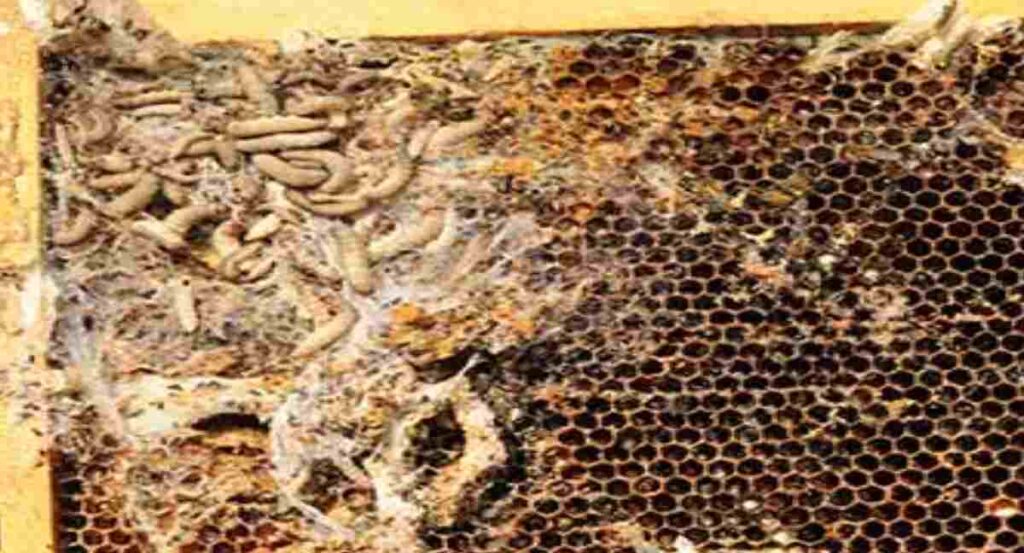
2. Bacterial Diseases of Honeybees:
American Foulbrood (AFB)
- Cause: AFB is caused by the spore-forming bacterium Paenibacillus larvae.
- Symptoms: Infected larvae turn dark brown or black, and their remains form a ropy, glue-like substance.
- Management: Beekeepers must burn infected hives and equipment to prevent the spread of spores. ‘Honey Bee Diseases’
European Foulbrood (EFB)
- Cause: EFB is caused by the bacterium Melissococcus plutonius.
- Symptoms: Larvae become twisted and die, but the remains do not form ropy material.
- Management: Strengthening colonies and maintaining good hygiene can help prevent EFB.
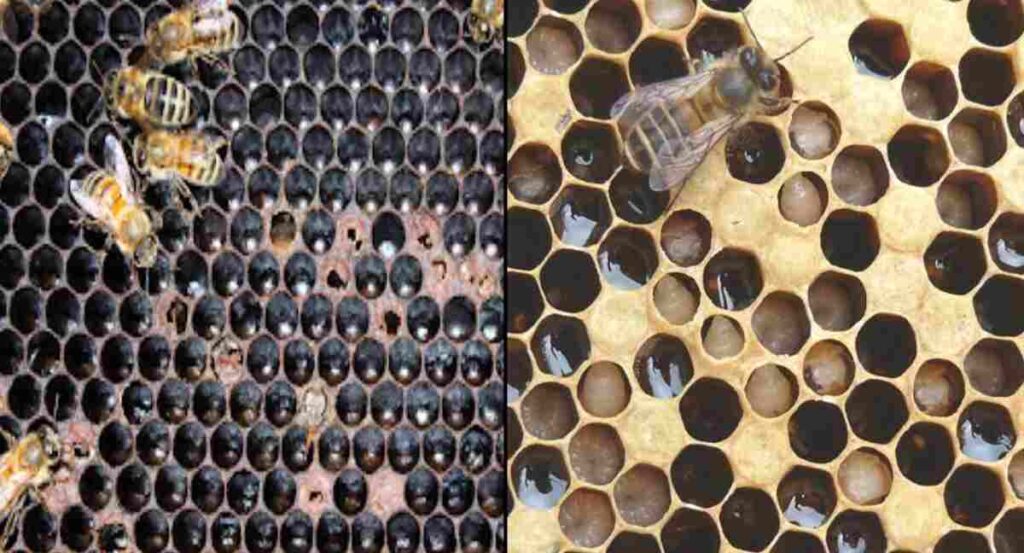
Chalk Brood Disease (Ascosphaerosis)
- Cause: The fungus Ascosphaera apis infects bee larvae.
- Symptoms: Infected larvae turn chalky white and mummify.
- Management: Requeening and maintaining strong colonies can reduce chalk brood incidence. ‘Honey Bee Diseases’
3. Viral Diseases:
Sacbrood virus is caused by a virus in the Iflavirus genus. The virus mostly affects worker larvae, but can also infect adult honey bees. Larvae are thought to be infected by consuming brood food contaminated with Sacbrood virus. The virus then multiplies within the infected larvae, which cause the larvae to sit in the cell with their heads raised and causes the larvae to die shortly after capping. The skin of the larvae then gradually becomes a fluid filled sac. The Sacbrood virus may remain viable in dead larvae, honey or pollen for up to four weeks.
- Cause: Sac-brood virus affects bee larvae.
- Symptoms: Infected larvae resemble a sac, turning yellow or brown.
- Management: No specific treatment; maintaining healthy colonies is crucial.
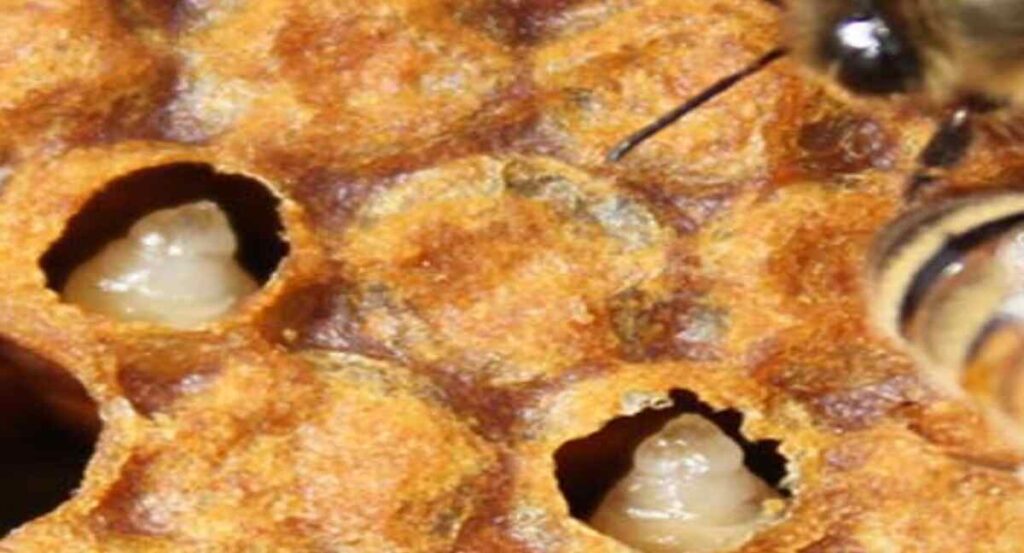
4. Microsporidian Parasites
Microsporidian parasites are a type of single-celled, spore-forming fungi that can infect a variety of invertebrates, including honey bees. There are two main species of microsporidia that infect honey bees: Nosema apis and Nosema ceranae. ‘Honey Bee Diseases’
- Nosema apis: This is the less harmful of the two species and has been known to infect honey bees for many years. Nosema spores affect adult bees. Bees exhibit dysentery, and their abdomens become distended.
- Nosema ceranae: This is a more recently discovered species that is thought to be more harmful than Nosema apis. It has been associated with colony collapse disorder (CCD), a complex problem that is causing honey bee populations to decline around the world.
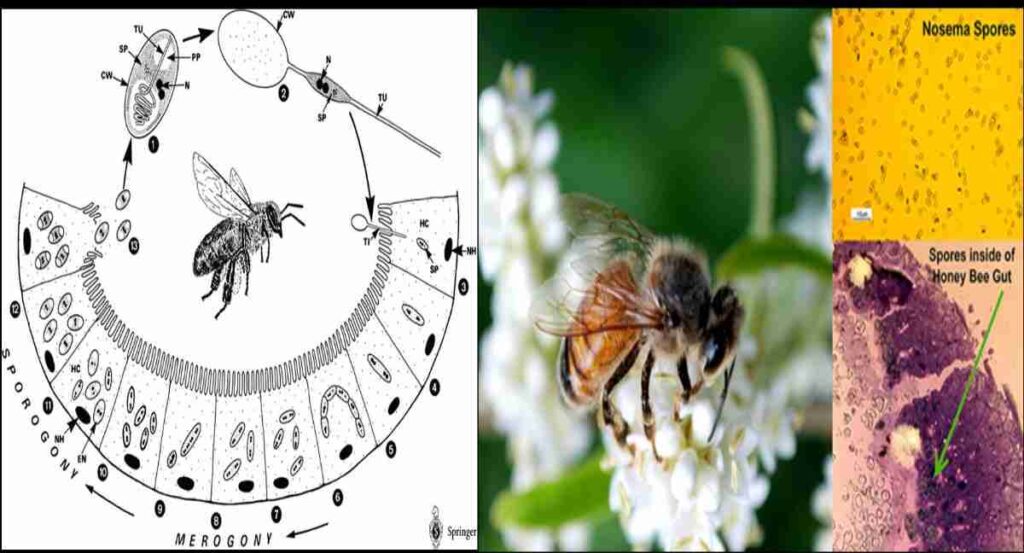
Infection with microsporidia can cause a number of problems in honey bees, including:
- Reduced lifespan
- Reduced honey production
- Increased susceptibility to other diseases
Prevention and Control
There is no cure for microsporidian infections in honey bees, but there are a number of things that beekeepers can do to help prevent the spread of these parasites, including:
- Using clean equipment
- Feeding bees pollen substitutes that contain fumagillin, an antibiotic that can help to control Nosema apis infections. Feed fumigillin 200 mg in sugar syrup to each colony or 0.5-3.0 mg in 100ml sugar syrup. or two feedings at weekly interval of Dependel-M @0.5g/litre/colony ‘Honey Bee Diseases’
- Replacing old queens regularly
5. Mites
Mites are a major threat to honeybee health, causing both ectoparasitic and endoparasitic diseases.
Ectoparasitic mites live on the external surface of the honey bee, feeding on its hemolymph (blood). The most common and detrimental ectoparasite of honey bees is the Varroa destructor, also known as the Varroa mite.
Endoparasitic mites live inside the honey bee, most commonly burrowing into the bee’s body cavity or trachea (windpipe). While less common than ectoparasites, endoparasitic mites can still cause significant harm to honeybees. One example of an endoparasitic mite is Locustacarus buchneri.
Differences between ectoparasitic and endoparasitic mites affecting honeybees shown in table. ‘Honey Bee Diseases’
| Feature | Ectoparasitic mites | Endoparasitic mites |
| Location | External surface of the bee | Inside the bee’s body (body cavity or trachea) |
| Feeding method | Feed on the bee’s hemolymph (blood) | Feed on the bee’s internal tissues or fluids |
| Common examples | Varroa destructor | Locustacarus buchneri |
| Impact on bees | Weakens bees, transmits diseases, shortens lifespan, can contribute to colony collapse disorder | Reduces bee weight, hinders development, can be fatal |
Both ectoparasitic and endoparasitic mites can have significant negative impacts on honeybee health and colony survival. Beekeepers employ various strategies to manage mite infestations, including integrated pest management (IPM) techniques, which involve monitoring hives, using natural control methods whenever possible, and applying miticides (acaricides) judiciously to minimize resistance development.
